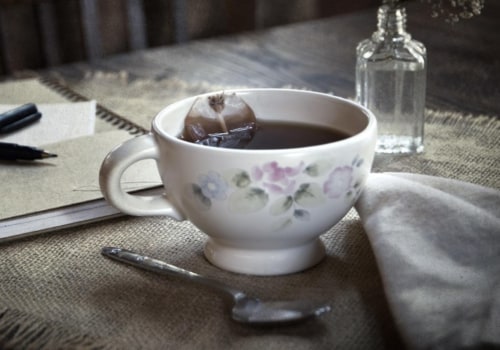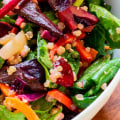Do you want to take your food photography editing to the next level? If so, learning how to use the Tone Curve in Lightroom is the perfect way to do it. The Tone Curve is one of the most powerful tools in Lightroom, allowing you to make precise adjustments to the contrast and tone of your photos. In this article, we'll explore how to use the Tone Curve in Lightroom, so you can get the most out of your food photography editing. The Tone Curve is an intuitive editing tool that allows you to adjust the luminosity and contrast of your images.
It can be used to make subtle changes, such as bringing out the details in a shadow or highlights, or more dramatic adjustments to create dramatic looks. With the Tone Curve, you can create a range of different effects, from subtle adjustments to bold, dramatic looks. We'll explain exactly how to use the Tone Curve in Lightroom, so you can take your food photography editing to the next level.
Tips and Tricks for Using the Tone Curve in Lightroom
Understanding the Tone Curve featuresThe Tone Curve in Lightroom is a powerful tool that can be used to adjust the brightness, contrast, and color of your images. To get the most out of this tool, it's important to understand its features.The Tone Curve is made up of two basic components: the curve and the vertical axis. The curve allows you to adjust the brightness, contrast, and color of your image. The vertical axis allows you to adjust the overall brightness or darkness of the image. By making subtle adjustments to these components, you can create stunning edits.
Creating custom presets
Another great way to get the most out of using the Tone Curve in Lightroom is by creating custom presets.Presets allow you to quickly apply specific adjustments to your images, such as increasing contrast or adjusting colors. To create a preset, open the Tone Curve panel in Lightroom and make all of your desired adjustments. Once you are satisfied with your settings, click on the “Create Preset” button in the bottom left corner of the panel. You can then give your preset a name and save it for future use.
Using selective adjustments
Selective adjustments are a great way to fine-tune your edits.For example, if you want to lighten only certain areas of your image, you can use the Tone Curve to make those adjustments. To do this, select the “Point” option at the top of the Tone Curve panel. This will allow you to pinpoint specific areas of your image that you want to adjust. By adjusting only certain parts of your image, you can create more subtle and natural looking edits.
Using curves for color grading
The Tone Curve can also be used for color grading.Color grading is a technique used to give an image a specific look and feel. To do this with the Tone Curve, select the “RGB” option at the top of the panel. This will allow you to adjust each color channel separately. By making subtle adjustments to each color channel, you can give your photos a unique look and feel. The Tone Curve is an incredibly powerful tool in Lightroom, providing users with the ability to dramatically alter the contrast, brightness, and color of their images.
With the right tips and tricks, users can quickly and easily use the Tone Curve to create stunning edits. Whether you're a beginner or a professional, the Tone Curve can help you bring your photography to the next level.








Leave a Comment